Birds of prey are known for their impressive hunting skills, but some species have developed truly unique techniques that set them apart. From powerful aerial dives to ground-based ambushes, these raptors have evolved to use surprising methods to capture their prey. While some are well-known for their speed or strength, others rely on clever tactics or specialized adaptations to hunt in ways you might not expect. In this list, we’ll explore 21 uncommon birds of prey and the unexpected hunting strategies that make them stand out in the animal kingdom.
Harpy Eagle (Harpia harpyja)
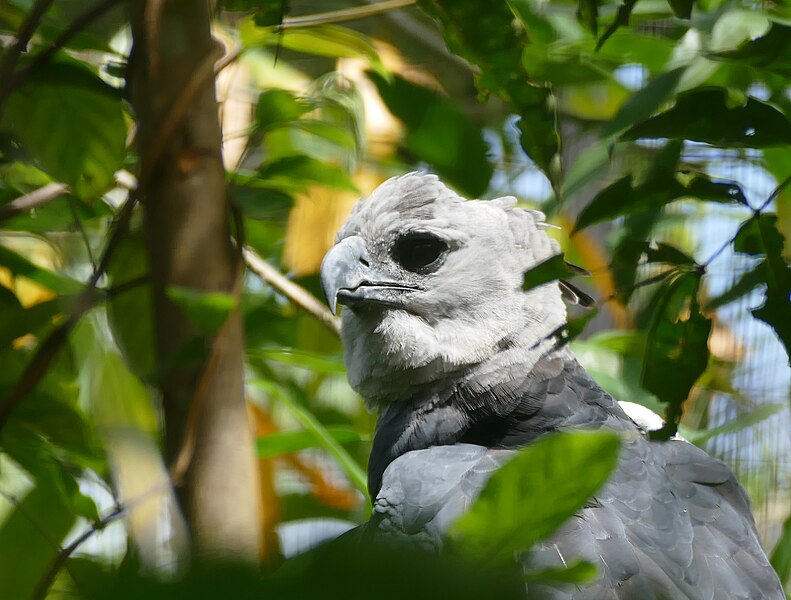
The Harpy Eagle is known for its powerful legs and massive talons, which can be as large as a grizzly bear’s claws. It typically hunts in the dense tropical rainforests of Central and South America. Rather than soaring for long distances, this eagle prefers to perch and ambush its prey, such as monkeys and sloths, by swooping down from above. Its method of hunting often involves stealth, silently navigating through the canopy before launching a sudden and powerful attack. This bird is also known to tear its prey apart in mid-air, showing incredible strength and precision. Its hunting technique is both a display of power and mastery of its dense forest environment.
Peregrine Falcon (Falco peregrinus)
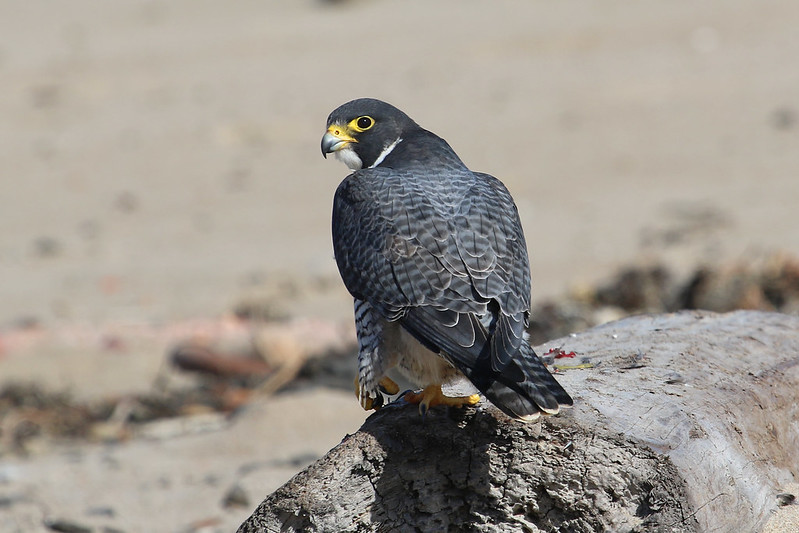
The Peregrine Falcon is renowned for its breathtaking speed and aerial hunting technique. It dives at incredible speeds, reaching over 200 mph, to strike birds mid-flight. Unlike many birds of prey, it does not always rely on its talons to catch prey; instead, it uses its body to knock birds out of the air. Once the prey is incapacitated, the falcon will recover it and finish the kill. This hunting technique makes the Peregrine Falcon one of the most efficient aerial predators. Its ability to navigate the skies with speed and agility is unmatched in the bird world.
Secretary Bird (Sagittarius serpentarius)
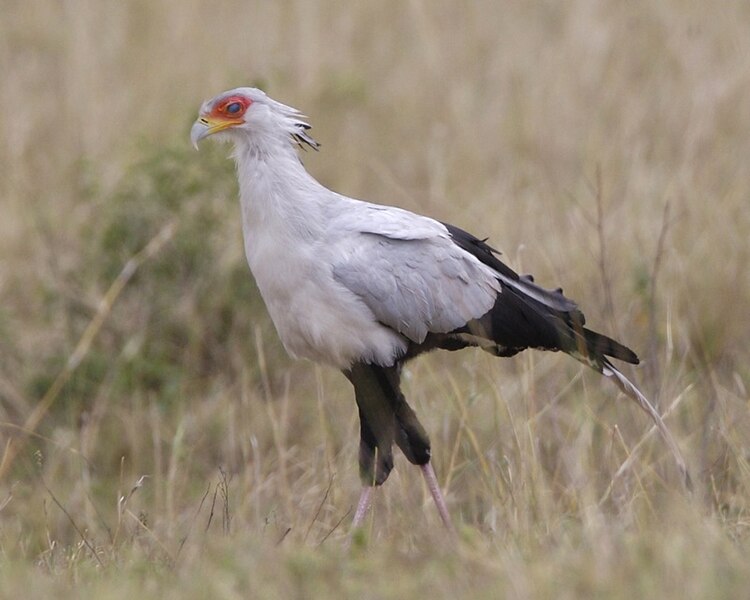
The Secretary Bird is a unique raptor found in Africa, notable for its long legs and a method of hunting that is quite unusual among birds of prey. Rather than hunting from the air, this bird spends most of its time on the ground, walking swiftly in search of prey like snakes and insects. Its primary technique is to stomp on its prey with incredible force, using its legs to deliver rapid, precise strikes. When hunting snakes, it uses its keen eyesight to spot its prey and then approaches swiftly before delivering a fatal blow with its feet. This bird has a remarkable ability to control the pace of the hunt, pacing itself until it’s ready to strike. Its patience and power make it a formidable predator.
Swallow-Tailed Kite (Elanoides forficatus)
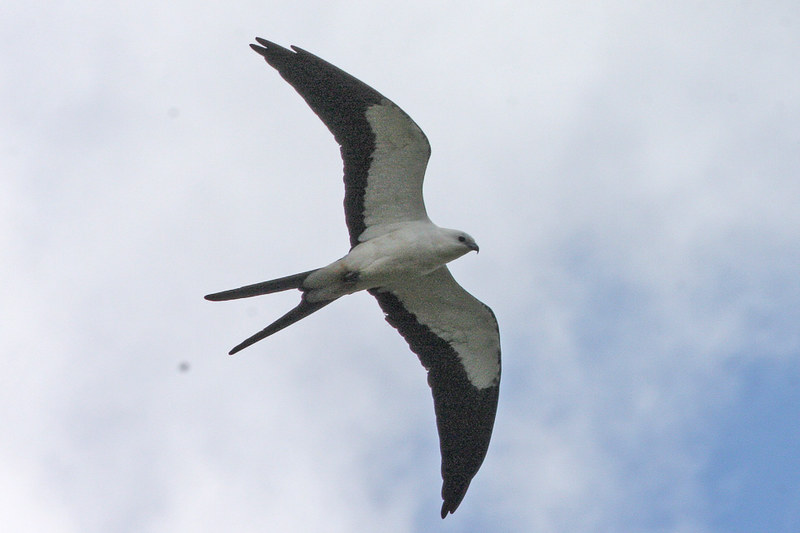
The Swallow-Tailed Kite is an aerial acrobat, known for its striking, forked tail and impressive flight skills. It typically hunts in open woodlands, where it uses its agility to swoop through trees, hunting for insects and small vertebrates. One of its most unexpected hunting techniques is its ability to catch insects mid-air by darting and twisting through the air with remarkable precision. It often hunts during the day, flying over the landscape while scanning for its prey. Instead of a traditional grab with talons, it often captures insects with a quick swipe of its feet. This bird’s hunting style is more reminiscent of aerial insectivores than classic raptors.
Golden Eagle (Aquila chrysaetos)
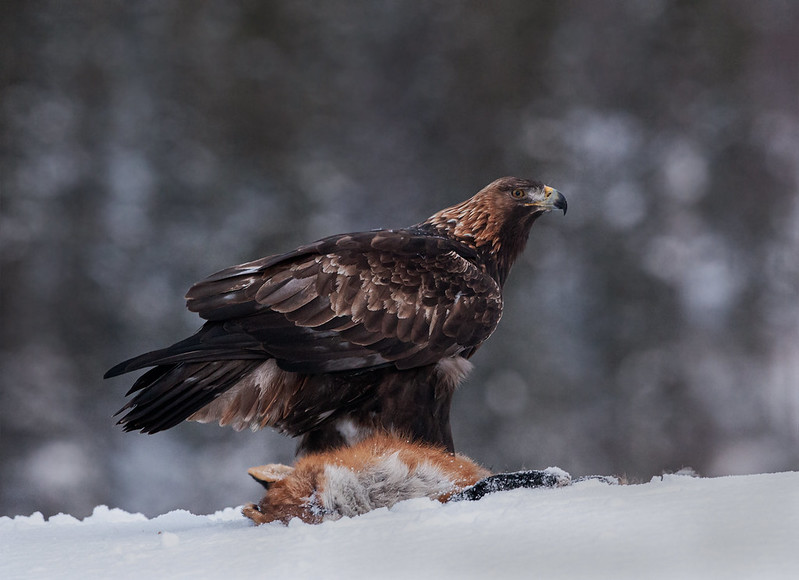
The Golden Eagle is one of the largest and most powerful eagles, with a wide range of hunting techniques. It has been known to hunt in pairs, a strategy not commonly seen in other raptors. This technique involves one eagle flushing out prey while the other waits to ambush it. Golden Eagles are also capable of hunting large mammals like deer and foxes by swooping down from great heights to knock them off balance. They are incredibly patient hunters, often waiting for hours in a single spot before pouncing on their prey. Their silent flight and strategic planning make them highly effective predators.
Gyrfalcon (Falco rusticolus)
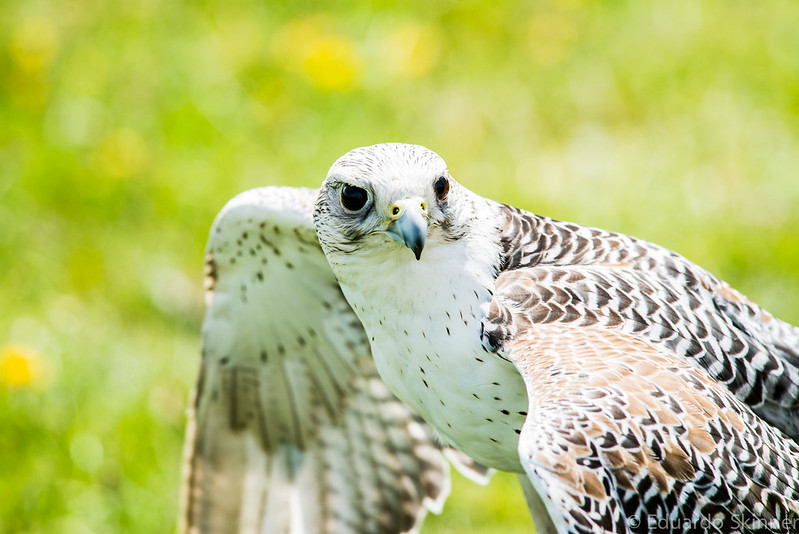
The Gyrfalcon, often considered the largest and most powerful of the falcons, is an exceptional predator in northern climates. This bird utilizes a combination of high-speed pursuits and strategic aerial maneuvers to capture prey. Unlike other falcons, the Gyrfalcon uses more slow and deliberate chasing tactics before closing in on its target. Its primary prey includes ptarmigans, ducks, and other birds of the tundra, which it catches through a combination of stealth and speed. The Gyrfalcon is also capable of hunting in extremely harsh weather conditions, making it a resilient and versatile predator. Its hunting methods involve both patience and agility, allowing it to thrive in its challenging environment.
Andean Condor (Vultur gryphus)
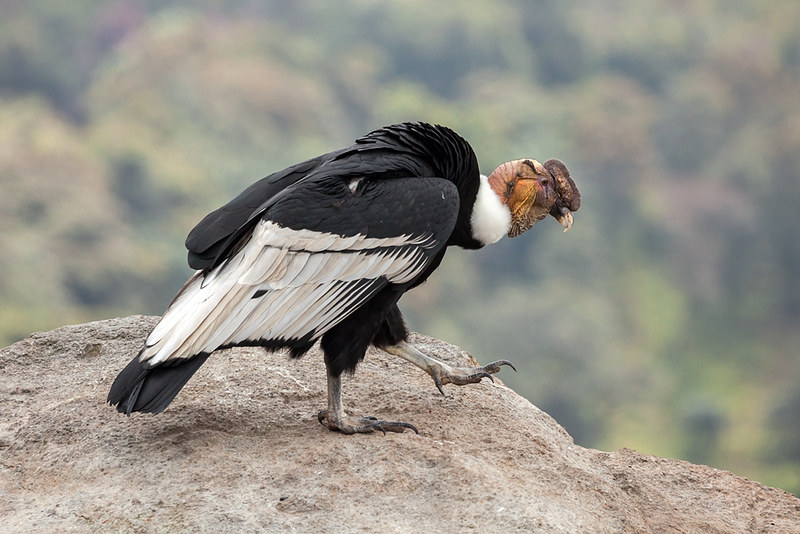
The Andean Condor is not your typical bird of prey, as it primarily feeds on carrion rather than hunting live prey. However, its hunting technique is unusual due to its reliance on scavenging from high altitudes. The condor uses thermal updrafts to soar hundreds of meters above the ground, scanning for potential carcasses below. When it spots a carcass, it glides down with precision and lands near its meal. Unlike smaller vultures, it has the strength to drive away competitors and dominate the feeding site. This bird’s survival strategy is based on its exceptional vision, soaring abilities, and dominance over other scavengers.
Osprey (Pandion haliaetus)

The Osprey is a fishing specialist, known for its dramatic and efficient technique of plunging into the water from heights to catch fish. This bird has a unique adaptation in its talons, which are reversible, allowing it to grasp its slippery prey with ease. When hunting, the Osprey hovers over water and then dives, often plunging entirely underwater before emerging with a catch. This hunting method is not only efficient but also highly adaptable, allowing the Osprey to hunt in both fresh and saltwater environments. Its strong wings and sharp vision make it an expert hunter over aquatic landscapes. Despite the risk of a failed dive, the Osprey has perfected this technique over time.
Long-Eared Owl (Asio otus)
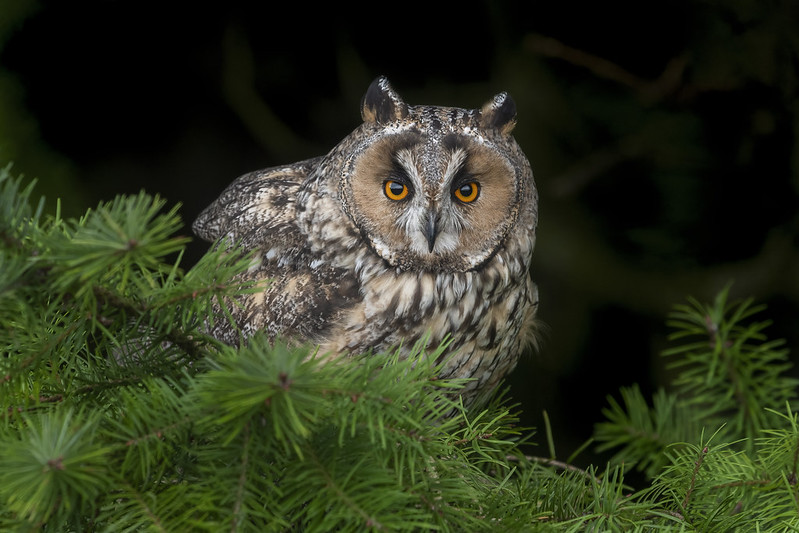
The Long-Eared Owl’s hunting technique is as stealthy as its nocturnal habits. This owl specializes in hunting small mammals, such as voles and mice, under the cover of night. It hunts silently, using its acute hearing to detect the faintest sounds made by prey in the underbrush. Unlike many other owls, it relies less on its vision and more on its sense of hearing, often locating prey even in total darkness. The owl then swoops down silently, snatching its prey with its sharp talons. Its ability to hunt in low light and pinpoint prey through sound makes it an effective nocturnal predator.
Northern Harrier (Circus hudsonius)
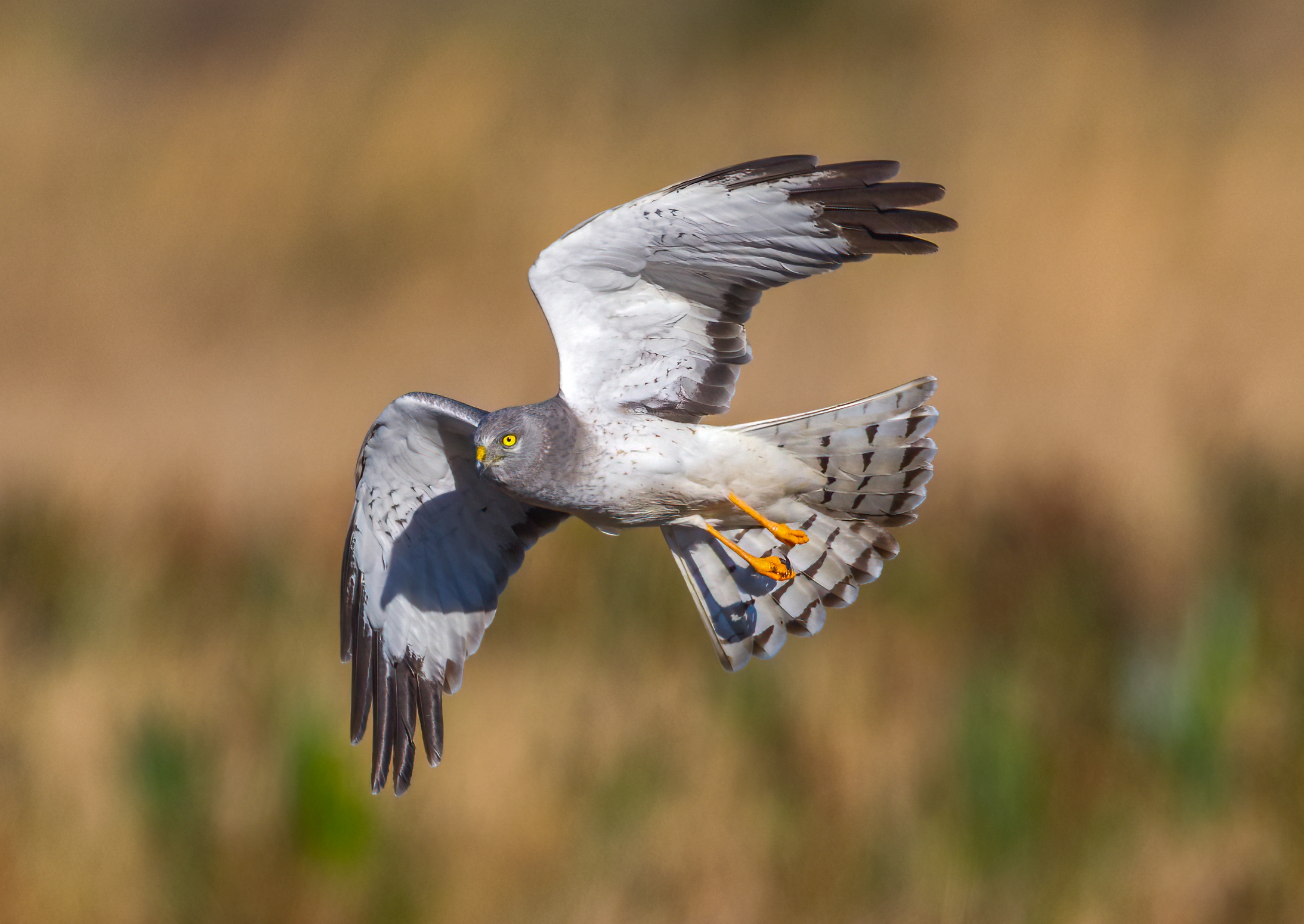
The Northern Harrier has a distinctive hunting style, often referred to as “quartering.” It flies low over the ground, weaving back and forth in search of prey such as small mammals and birds. Unlike most hawks, which rely on high-speed dives or perching to hunt, the Northern Harrier hunts with a slower, deliberate glide, using its keen eyesight to spot movement below. Its wide, owl-like face helps funnel sound towards its ears, improving its ability to detect prey. When it locates its target, it swoops down quickly and decisively. This technique is particularly effective in open fields and marshes where visibility is high.
Bald Eagle (Haliaeetus leucocephalus)
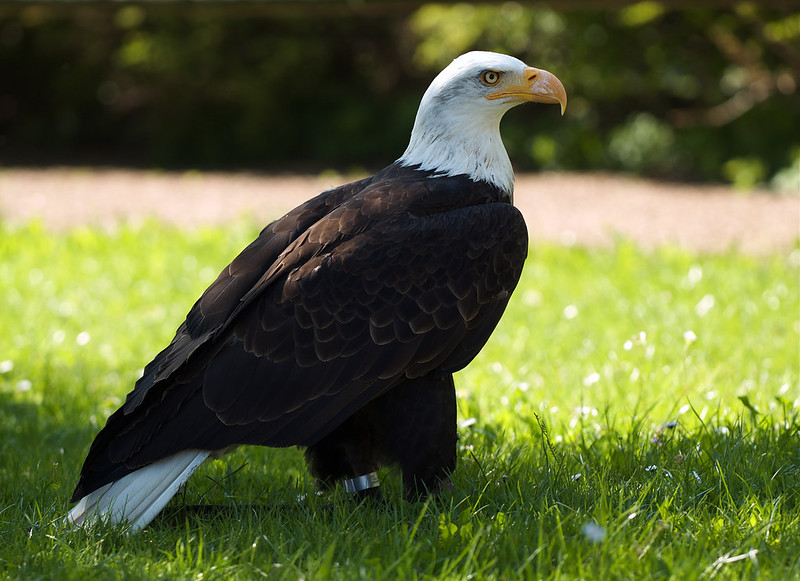
While Bald Eagles are famous for hunting fish, their techniques are less predictable than many might assume. They often use a “wait-and-snatch” approach, hovering over lakes and rivers until they spot an opportunity to strike. What makes their technique unexpected is their willingness to steal prey from other birds, including Ospreys, when the opportunity arises. When hunting for fish, they dive from heights, using their powerful talons to snatch prey from the water. Their hunting method is more opportunistic than planned, with the eagle frequently choosing the easiest available meal. This bird’s versatility and adaptability in hunting make it a dominant force in its environment.
Merlin (Falco columbarius)
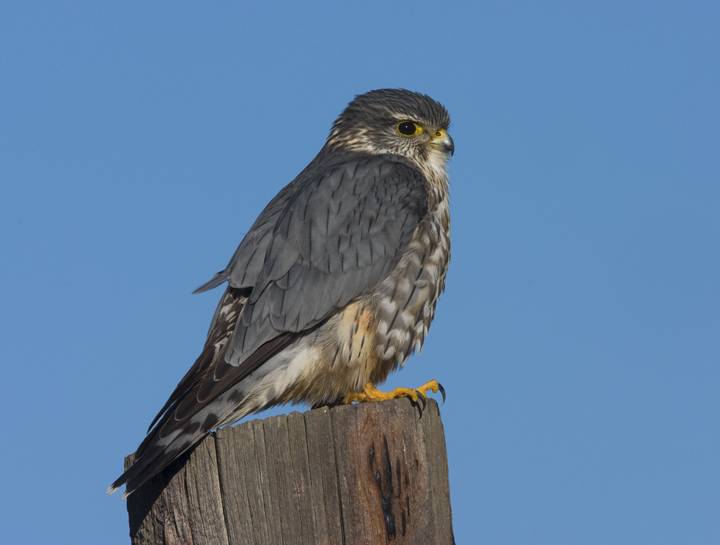
The Merlin is a small falcon with a highly aggressive hunting style. Unlike larger falcons that rely on high-speed dives, the Merlin is known for its quick and unpredictable chase tactics. It often pursues smaller birds in a series of erratic twists and turns, confusing its prey and making it difficult to escape. Its small size allows it to maneuver quickly through tight spaces, such as dense forests or urban environments. This rapid pursuit is followed by a quick strike, usually targeting smaller birds like sparrows or finches. The Merlin’s unexpected hunting style makes it an adept predator in a variety of habitats.
Black-Footed Falcon (Falco subbuteo)
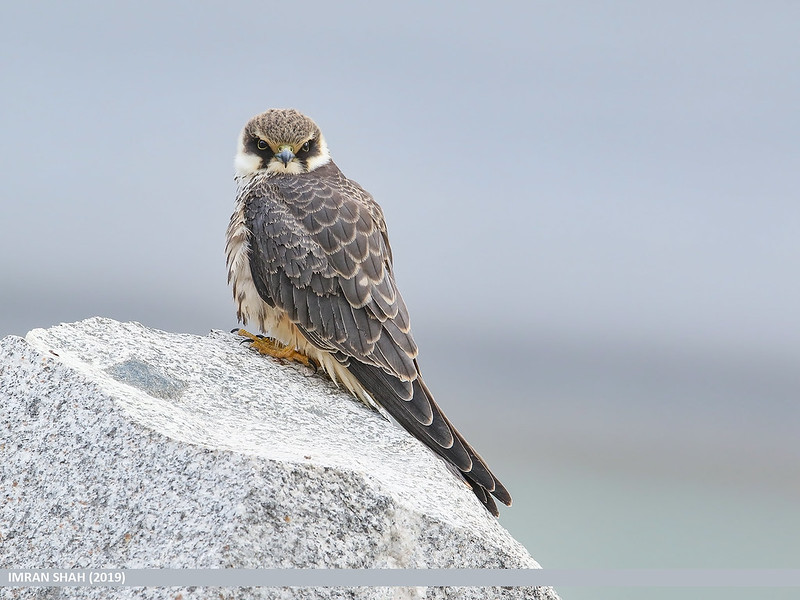
This small but highly efficient falcon is known for its remarkable speed and hunting techniques. It hunts by flying at a low altitude over the ground, scanning for small birds or insects. What sets it apart is its ability to employ a “shock and awe” strategy: it suddenly dives at its prey, often surprising it with the speed and aggression of the attack. This bird uses its incredible reflexes and agility to chase down fast-moving prey, such as swallows or sparrows. Its hunting style relies on speed and surprise, catching its prey off-guard. The Black-Footed Falcon’s tactics are an excellent example of precision and efficiency in action.
Red-Tailed Hawk (Buteo jamaicensis)
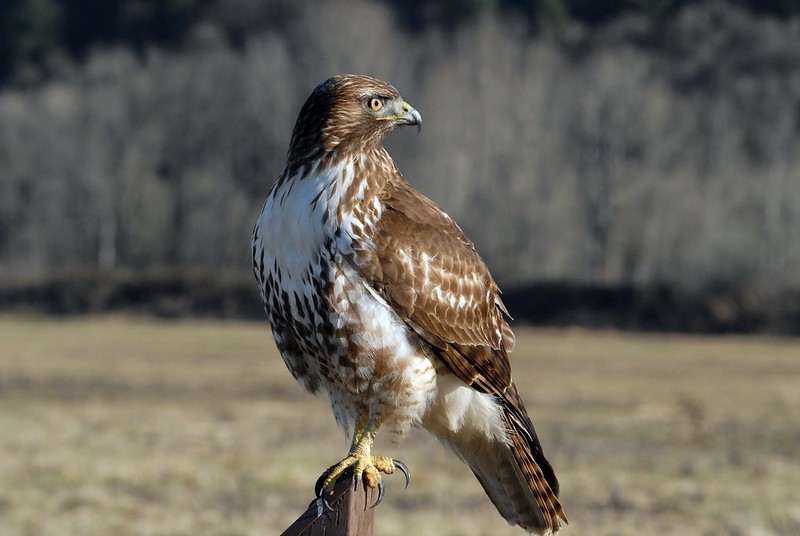
The Red-Tailed Hawk is one of North America’s most adaptable birds of prey. Its hunting technique involves a combination of soaring and stalking, depending on the environment. In open fields, it will circle high in the sky, searching for small mammals like rabbits or squirrels. When hunting in dense areas, the Red-Tailed Hawk relies on its keen vision to spot prey from a perch. Once a target is located, it will dive sharply, utilizing its powerful talons to grab its prey. Its versatility in technique allows it to thrive in a variety of habitats, from forests to urban areas.
Aplomado Falcon (Falco femoralis)
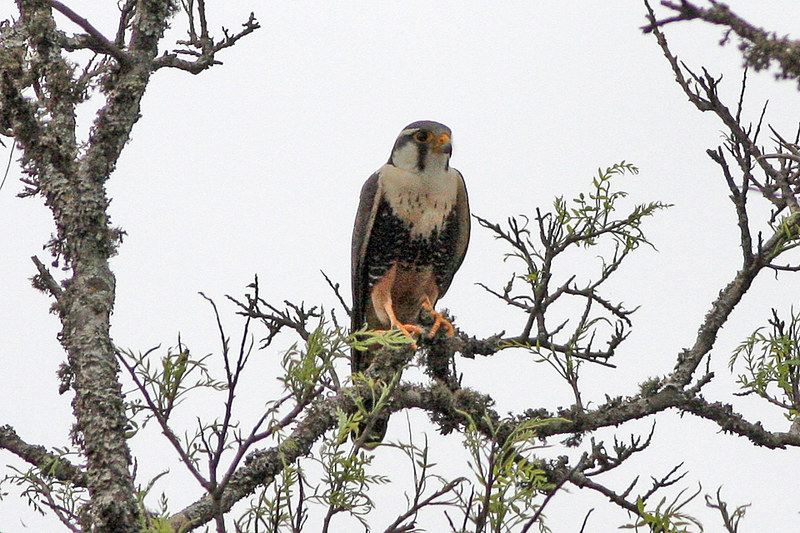
The Aplomado Falcon is a medium-sized raptor found in open landscapes of the Americas. It has an unusual hunting method where it hunts by flying low over grasslands, scanning for small mammals and insects. Often, it will swoop in quickly to catch prey with its sharp talons. It is also known for its high-speed chase, flying fast in pursuit of its target, which can include birds like quail. Aplomado Falcons prefer open environments such as grasslands and deserts. They sometimes hunt cooperatively in pairs, making them an interesting case of teamwork in predation.
Northern Shrike (Lanius excubitor)
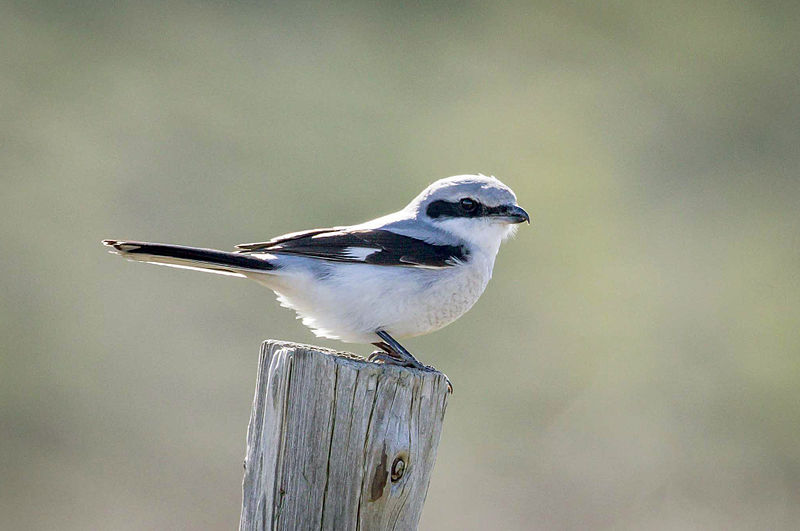
This small but fierce bird of prey has an unexpected hunting technique—impaling its prey on thorns or barbed wire. The Northern Shrike hunts insects, small mammals, and birds, then stores its kills by spearing them on branches or fences. This method serves as a way to store food for later consumption and to keep its kills safe from other predators. The shrike’s sharp, hooked bill and powerful talons allow it to capture and kill prey with ease. It often hunts alone and prefers open, shrubby landscapes where it can survey its surroundings. Its “larder” technique is unique among birds of prey.
Barn Owl (Tyto alba)
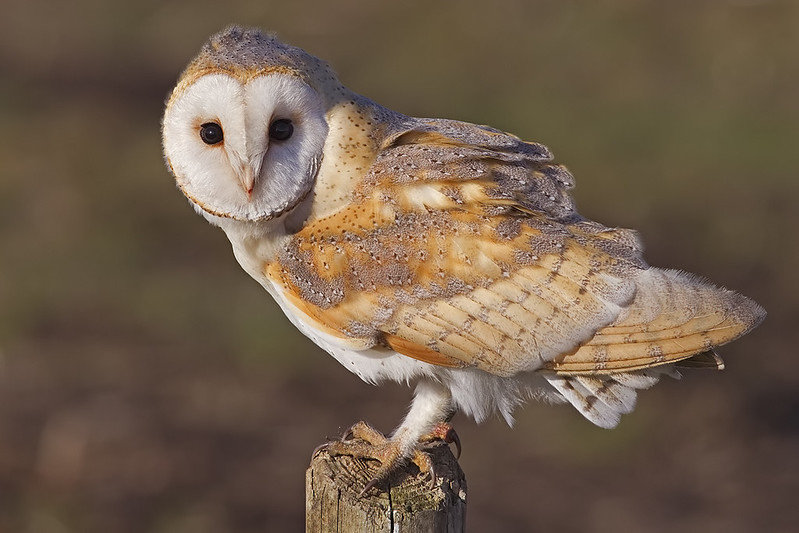
The Barn Owl has a unique hunting technique that relies heavily on its acute hearing. It hunts small mammals, particularly rodents, by flying silently and using its heart-shaped face to funnel sounds into its ears. This allows it to hunt in complete darkness, locating prey even under dense cover. Barn Owls can rotate their heads 270 degrees, giving them a wide field of vision. They typically hunt in open fields and woodlands, using their excellent hearing to track prey by sound alone. Their silent flight and precision make them one of the most efficient nocturnal hunters.
Kestrel (Falco tinnunculus)
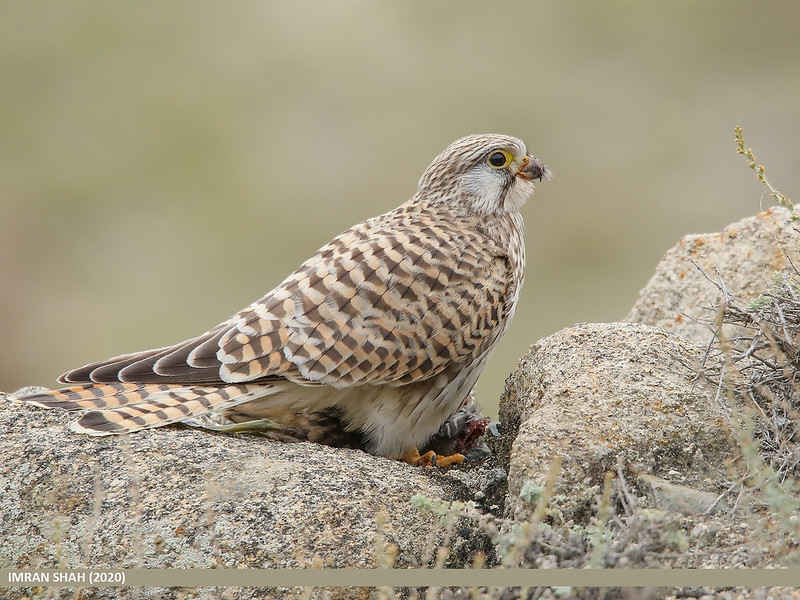
The Kestrel is a small falcon that uses a unique hunting technique known as “hovering.” It hovers in mid-air, scanning the ground below for small prey, such as insects and rodents. Its high metabolic rate requires constant hunting, and hovering allows it to stay in an area longer while searching for food. The Kestrel often hunts over open fields and grasslands, using the wind to help it stay in place. Its sharp eyesight allows it to spot even the slightest movement on the ground. This technique sets the Kestrel apart from many other birds of prey, which tend to hunt by chasing or ambushing.
Harris’s Hawk (Parabuteo unicinctus)
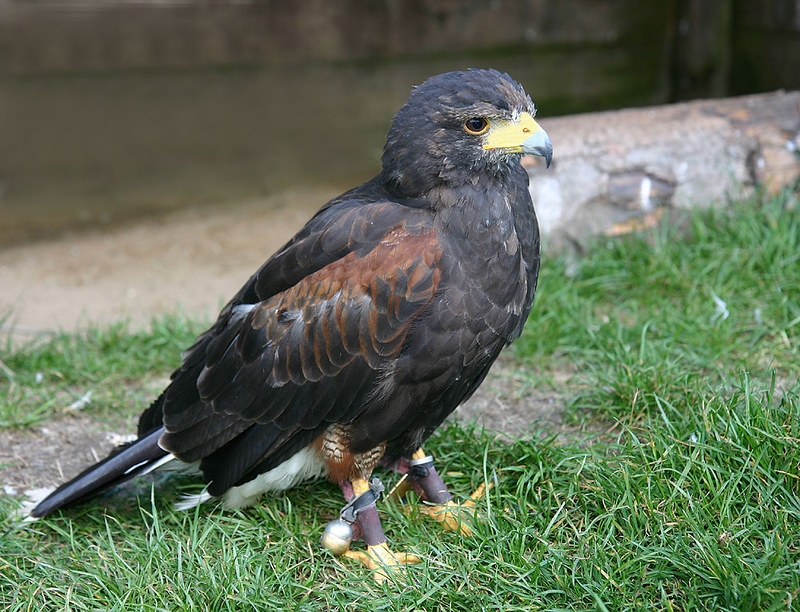
The Harris’s Hawk is one of the few birds of prey known to hunt cooperatively. It often hunts in small groups, with each bird taking on a specific role in the hunt. Some members flush prey out of hiding, while others pursue or trap it. Their teamwork allows them to catch larger prey that would be difficult to subdue alone. They hunt a variety of animals, including rabbits and birds, in desert and scrubland habitats. This social hunting technique is unusual among raptors and has made Harris’s Hawks a subject of fascination among ornithologists.
Black Hawk-Eagle (Spizaetus tyrannus)
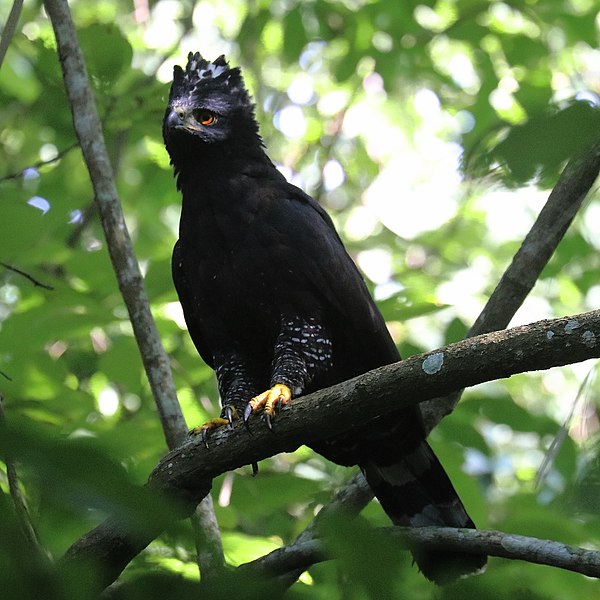
This powerful eagle uses a unique hunting technique of “snatching” prey from tree branches. It hunts a variety of animals, including monkeys, birds, and small mammals, by silently swooping down from the trees. The Black Hawk-Eagle has long, powerful wings and talons designed for rapid capture and delivery of prey. It often hunts in tropical rainforests, where its ability to navigate through dense foliage gives it an advantage. Its striking black plumage helps it blend into the shadowed canopy, making it a stealthy predator. This eagle’s specialized hunting style and physical prowess make it an exceptional predator in the forest.
Cooper’s Hawk (Accipiter cooperii)
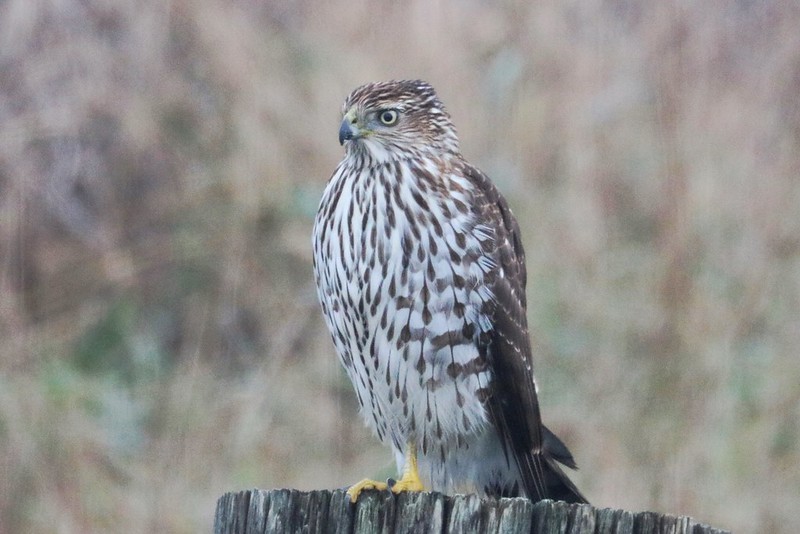
The Cooper’s Hawk is known for its unexpected hunting method, which involves chasing prey through dense vegetation. It is an agile and fast-flying predator that specializes in hunting birds. Cooper’s Hawks often target songbirds and other small avian species, weaving through trees and shrubs at high speeds to catch them. This requires exceptional maneuverability, and the hawk’s short wings and long tail help it change direction quickly. Their speed and agility allow them to surprise their prey, making them one of the most effective woodland hunters. Cooper’s Hawks are most commonly found in wooded areas, where they can navigate through dense vegetation to capture prey.
This article originally appeared on Rarest.org.
More From Rarest.Org
Throughout medical history, numerous treatments have emerged, hailed as groundbreaking advancements, only to be abandoned years later. While some were initially celebrated for their effectiveness, others fell out of use due to unforeseen side effects or the development of better alternatives. Read more.
The Chevrolet Camaro has been a symbol of American muscle since it first debuted in 1967, offering a blend of performance, style, and power. Over the decades, this iconic vehicle has evolved, becoming a favorite among car enthusiasts and collectors. Read more.
The Air Jordan line has become a cultural icon, influencing fashion, sports, and streetwear for decades. The journey began in the 1980s with the release of the first Air Jordan sneakers, which quickly became a sensation among basketball fans and sneaker enthusiasts alike. Read more.



